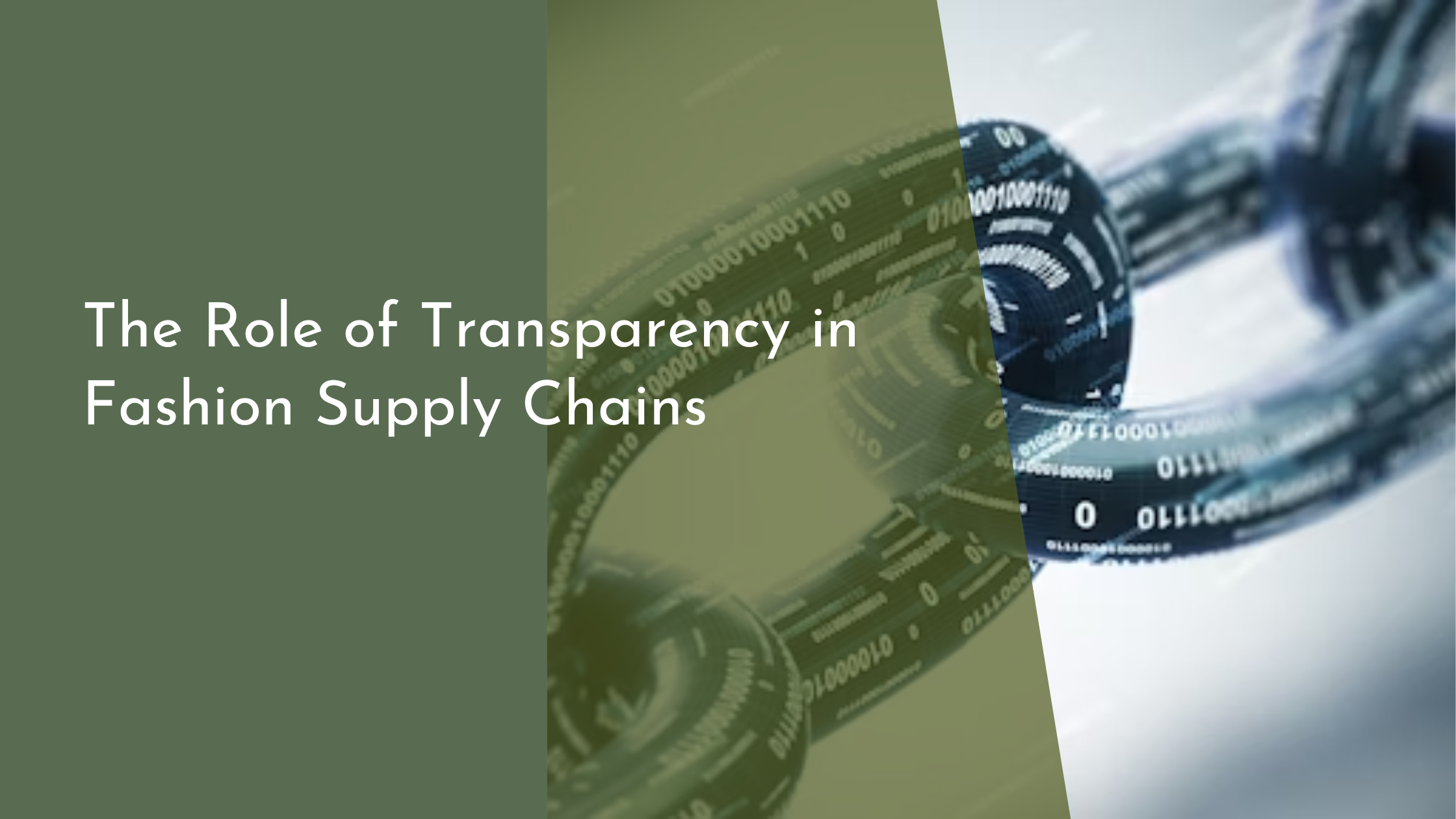The Role of Transparency in Fashion Supply Chains
In recent years, the fashion industry has been under increasing scrutiny for its opaque supply chains and questionable ethical practices. As consumers become more aware and concerned about the origins of their apparel, the call for transparency within fashion supply chains has grown louder. Transparency isn’t just a buzzword; it’s a transformative force reshaping how brands operate and how they are perceived. Understanding the essence and impacts of transparency within fashion supply chains is crucial for both industry insiders and consumers.
Understanding Transparency in Fashion Supply Chains
At its core, transparency in fashion supply chains refers to the visibility and accessibility of information regarding how garments are produced, from source materials to the final product. This encompasses a wide array of factors including the origins of raw materials, the working conditions of laborers, and the environmental impacts of production processes. For brands, adopting transparency means being open about their operations, answering consumer queries about the journey of a piece of clothing from conception to store rack.
Transparency serves as a foundational element for trust between brands and consumers. In an industry often criticized for labor exploitation and environmental degradation, transparency can be the bridge to restore consumer faith. By providing clear and honest information about their supply chains, brands can better align with the growing consumer demand for ethical and sustainable fashion choices. Furthermore, transparency can aid in identifying and rectifying issues within the supply chain, fostering improvements in both social and environmental performance.
Benefits of Transparency for Brands and Consumers
For brands, transparency in supply chains can lead to enhanced reputation and consumer loyalty. When consumers have access to information that assures them of a brand’s ethical practices, they are more likely to support and promote that brand. Transparency also opens up opportunities for brands to differentiate themselves in a crowded market, appealing to a demographic increasingly concerned with ethical consumption. Moreover, by being transparent, brands can hold themselves accountable to higher standards, leading to better quality products and practices.
On the consumer side, transparency empowers individuals to make informed purchasing decisions. Consumers can choose to support brands whose values align with their own, particularly in areas like sustainability and fair labor practices. This shift in consumer behavior encourages more brands to adopt transparent practices, creating a positive feedback loop within the industry. Additionally, transparency can lead to a more personal connection between consumers and their purchases, as they become part of a narrative that extends beyond just style and fashion.
Challenges to Achieving Transparency in Fashion
Despite its many benefits, achieving full transparency in fashion supply chains presents significant challenges. One major hurdle is the complexity and global nature of these supply chains. With multiple layers of suppliers, manufacturers, and distributors often spread across different countries, tracing the origins and pathways of materials and products can be an intricate task. Additionally, some brands face resistance from partners who are hesitant to disclose their practices or who operate under different regulatory standards.
Another challenge is the cost and resources required to implement transparent systems. Smaller brands, in particular, may struggle with the financial burden of auditing their supply chains or investing in technologies that enable better tracking and reporting. Furthermore, transparency requires not just the willingness to share information but also the ability to communicate it effectively to consumers. Brands must ensure that the information they provide is both comprehensive and understandable, allowing consumers to make meaningful use of it.
Conclusion: The Bright Future of Transparent Fashion
As transparency becomes a central theme in the fashion industry, its positive impacts are becoming increasingly apparent. Brands that embrace transparency are not only likely to build stronger relationships with consumers but also contribute to a more ethical and sustainable industry overall. The challenges to achieving transparency are significant, yet they are outweighed by the opportunity to create a fashion landscape that is more accountable and conscious. As technology advances and consumer demands evolve, the future of fashion looks promisingly transparent.

